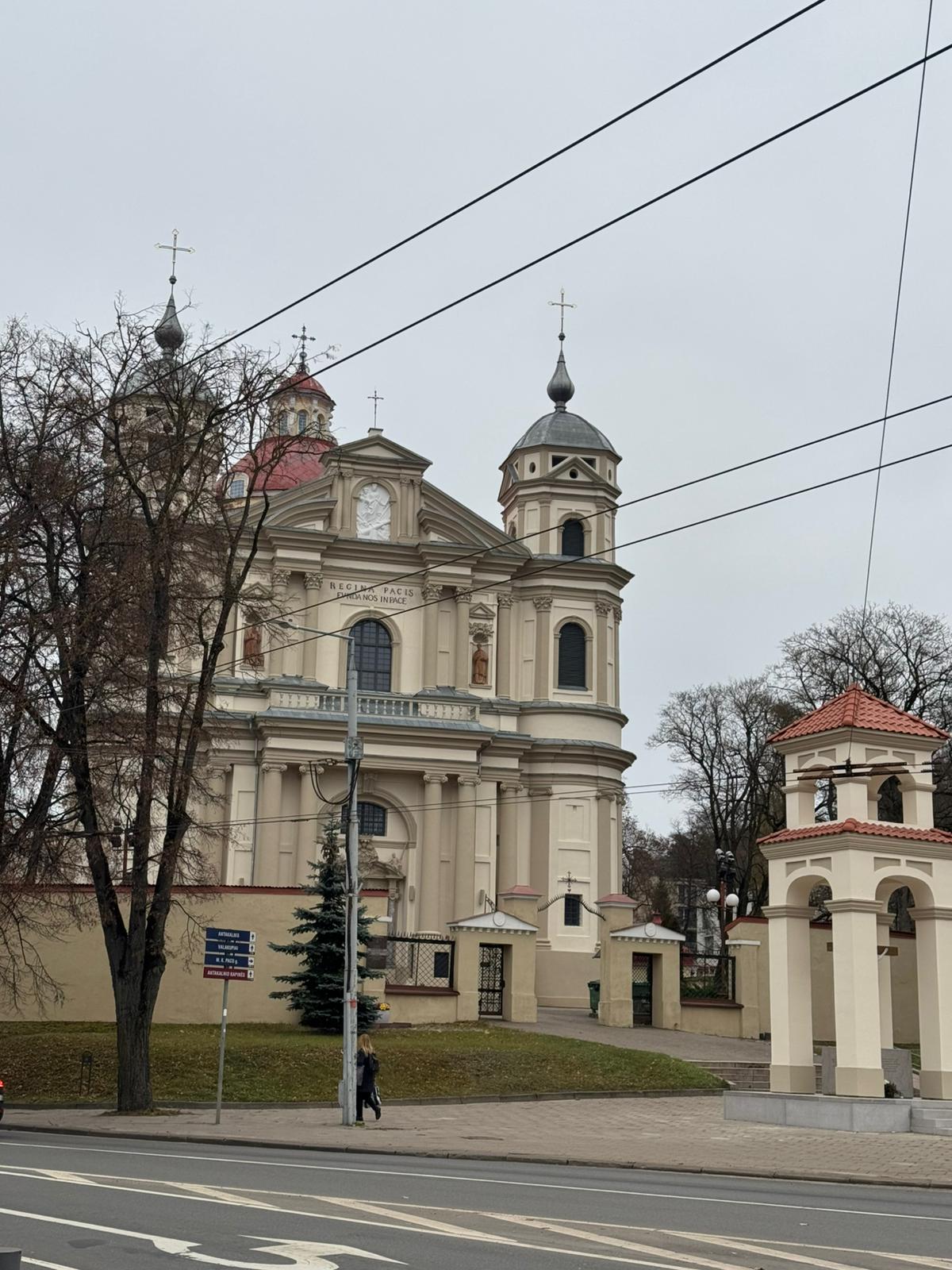St. Peter and St. Paul’s Church in Vilnius

354

3

1
Located in Vilnius’ Antakalnis district, St. Peter and St. Paul’s Church is one of Lithuania’s most prominent examples of Baroque architecture. Built in the 17th century on the initiative of Michał Kazimierz Pac, the church is renowned for its unique interior décor, featuring stucco sculptures, a Baroque baptismal font, a ship-shaped chandelier, and frescoes.
The church’s history dates back to the 15th century when the first wooden structure was erected, possibly on the site of an ancient pagan temple. The current masonry church, designed by Polish and Italian masters, commemorates a victory over Muscovites. Remarkably, the church remained open even during the Soviet era and continues to awe visitors with its beauty.
Info
-

Religious Heritage
-
Vilnius

 Entertainment
Entertainment
 Food establishments
Food establishments





























 54.694113, 25.306154
54.694113, 25.306154
 Get directions
Get directions









